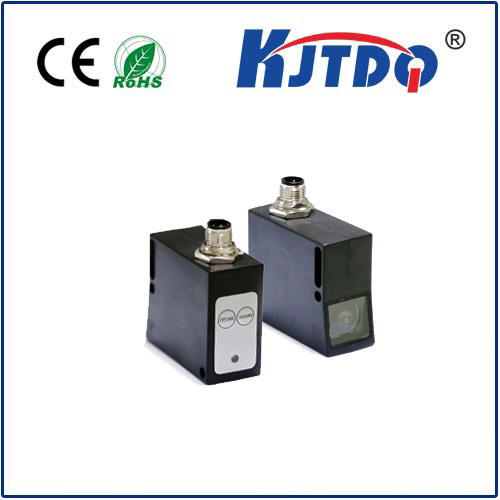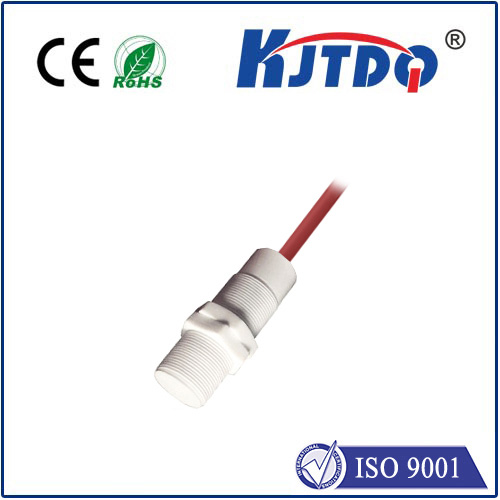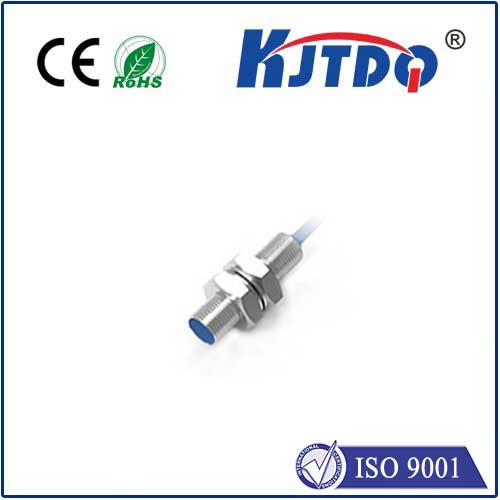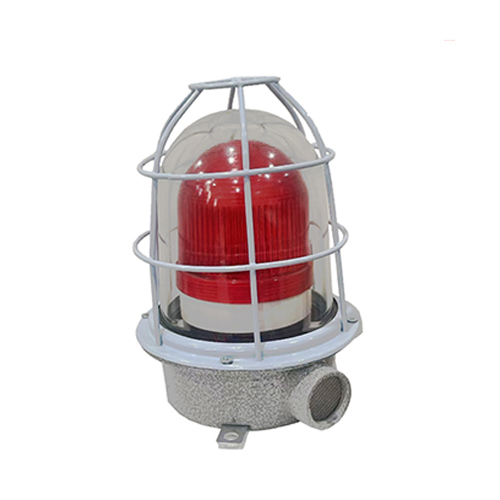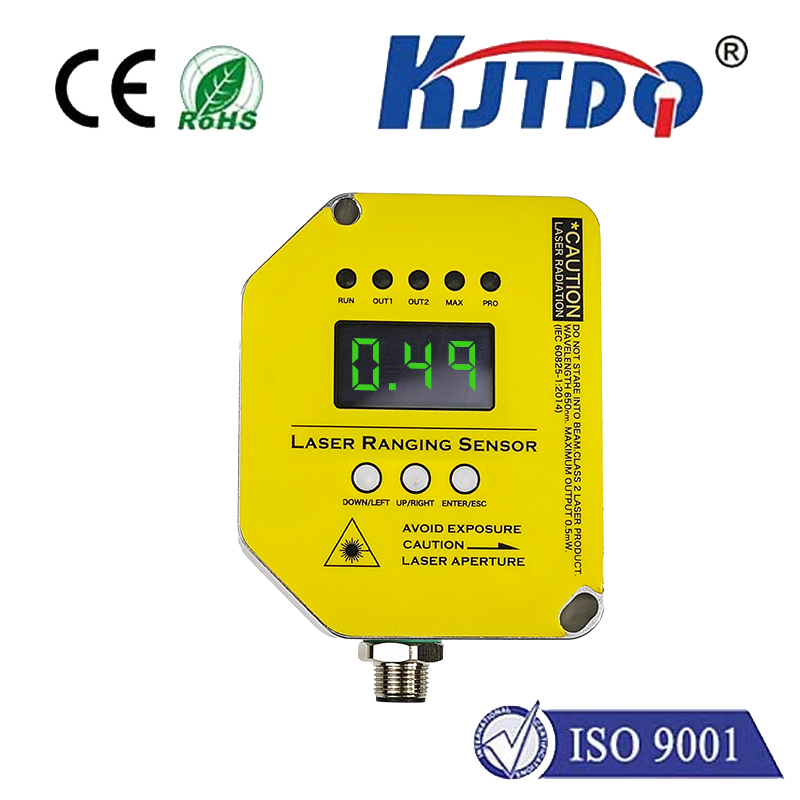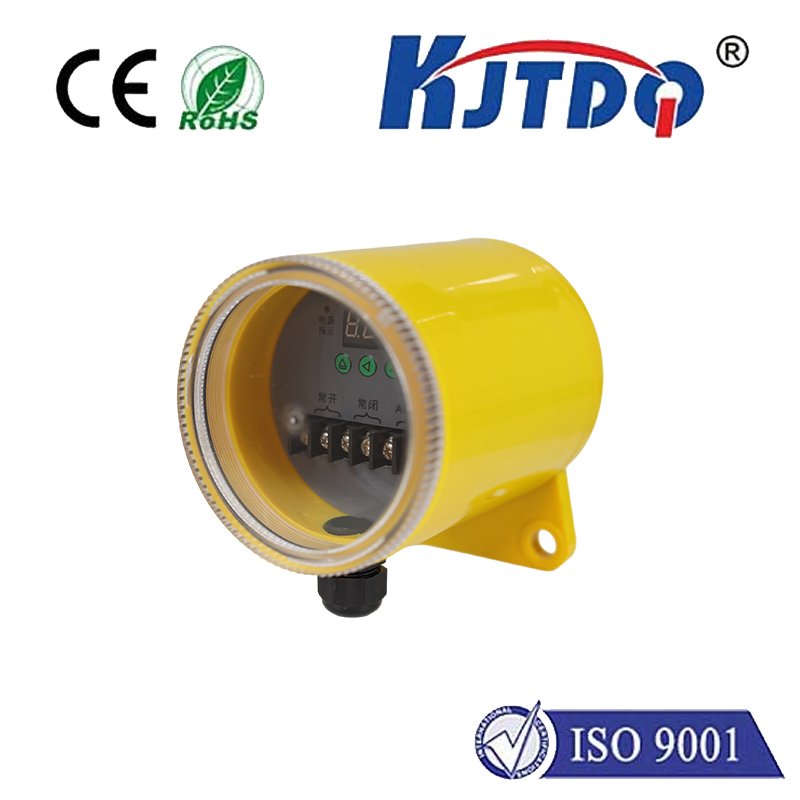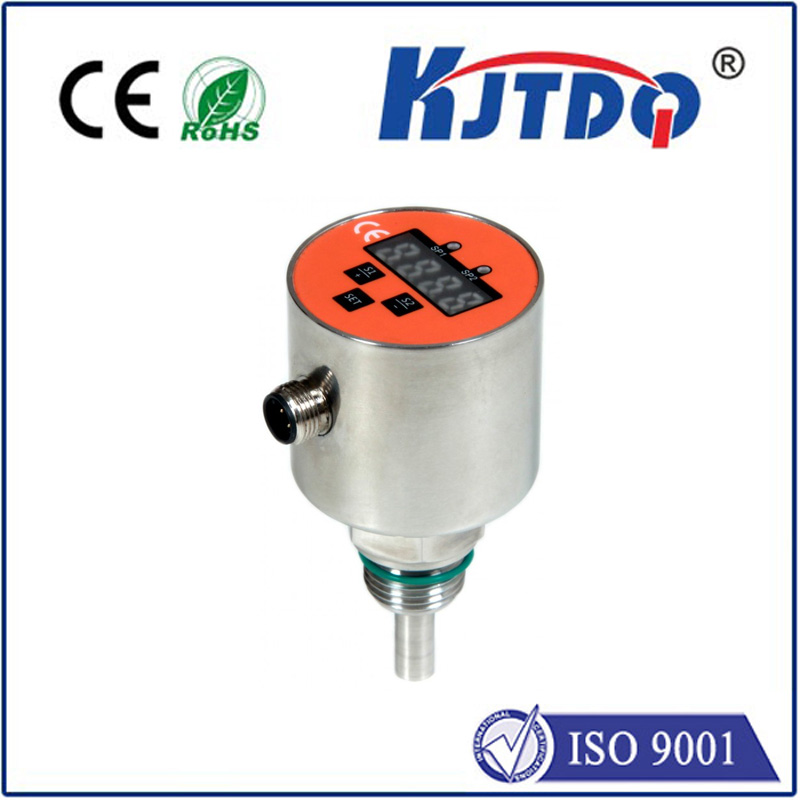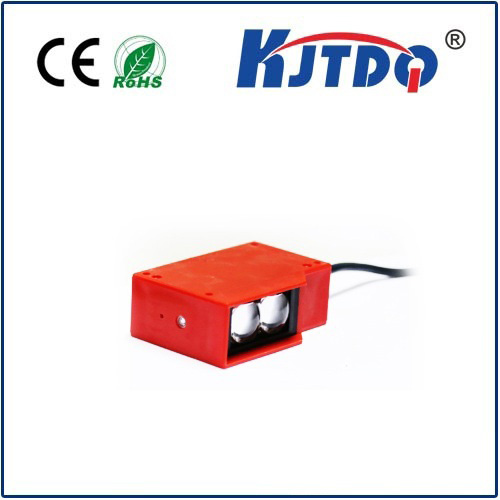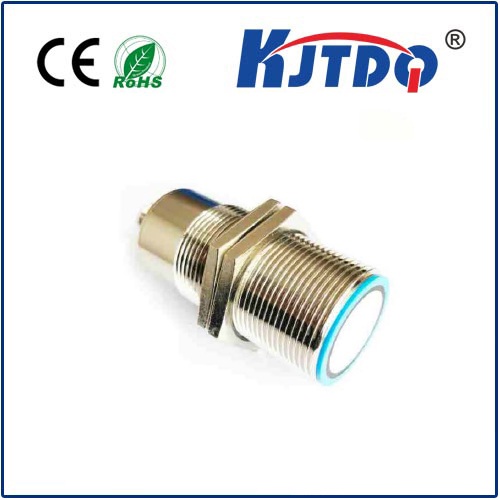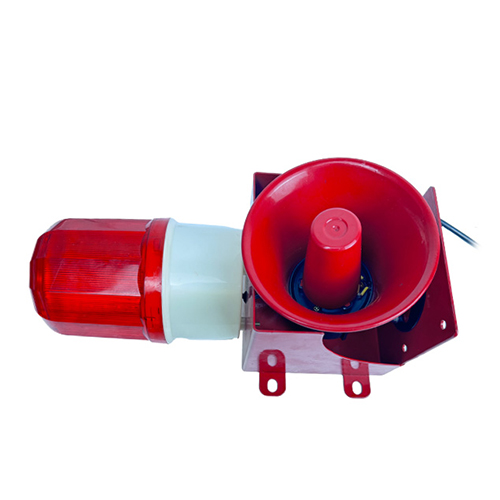E3RA-DP25-F2 micro photo sensor
- time:2025-10-09 11:48:41
- Click:0
Unlocking Precision: The E3RA-DP25-F2 Micro Photo Sensor Explained
In the intricate ballet of modern automation, where milliseconds matter and micron-level precision is demanded, reliable sensing is the unsung hero. Among the specialized tools enabling this seamless performance, the E3RA-DP25-F2 Micro Photo Sensor stands out as a remarkably adept performer. This compact yet robust device is engineered to deliver dependable object detection in tight spaces and challenging environments, making it a vital component for engineers seeking efficiency and accuracy.
Understanding the Micro Photo Sensor
At its core, a micro photo sensor, like the E3RA-DP25-F2, is a photoelectric sensor miniaturized for space-constrained applications. It operates on the fundamental principle of light detection, typically using a light emitter (often an infrared LED) and a receiver (a phototransistor or photodiode). When an object interrupts or reflects the emitted light beam (depending on the sensing mode), the receiver detects this change and triggers an electrical signal. This signal is then used by a controller (like a PLC) to make decisions – stopping a conveyor, counting parts, verifying position, or initiating the next step in a process.
Delving into the E3RA-DP25-F2: Key Specifications

The model number “E3RA-DP25-F2” provides specific clues about its capabilities, generally aligning with industry-standard naming conventions:
- E3RA: Often denotes the series or family, typically signifying a particular design philosophy and quality standard from the manufacturer (e.g., Omron’s E3RA series known for robust micro sensors).
- DP: This usually indicates the sensing distance. Here, “DP25” strongly suggests a 25mm sensing distance. This fixed-distance capability is crucial for designers building compact machinery.
- F2: Frequently signifies the output configuration. “F2” commonly denotes a PNP output transistor (sourcing output) operating in the Light-ON mode. This means the sensor’s output turns ON (provides +V) when the target object is detected (light is received in a retro-reflective setup). This NPN/PNP specification is critical for correctly wiring the sensor into existing control systems.
Where Compact, Reliable Detection is Paramount: Core Applications
The E3RA-DP25-F2’s compact size and robust performance make it exceptionally well-suited for environments where space is limited and reliability is non-negotiable:
- Automated Assembly Lines: Detecting tiny components like screws, springs, or electronic chips on fast-moving pallets or feeders. Its small footprint allows integration into densely packed machinery.
- Packaging Machinery: Verifying the presence/absence of labels, caps, small bottles, or blister packs accurately before sealing or boxing. Consistent detection prevents costly errors and waste.
- Semiconductor & Electronics Manufacturing: Monitoring the passage of delicate wafers, PCBs, or connectors through intricate handling systems without risk of collision.
- Printing & Paper Handling: Detecting paper jams, verifying sheet feed in printers, copiers, or high-speed sorting machines.
- Small Robotics & AGVs: Used in end-effectors or navigation systems for proximity detection or confirming gripper actions on miniature parts.
Why Choose the E3RA-DP25-F2? Distinctive Features & Advantages
Beyond its core function, several features elevate the E3RA-DP25-F2 within its category:
- Compact Design: Its micro dimensions are its primary selling point, enabling installation where larger sensors simply cannot fit.
- Fixed Distance (25mm): Provides reliable, predetermined sensing range ideal for consistent positioning setups. Designers know precisely where detection will occur.
- Robust Construction: Engineered to withstand typical industrial challenges like vibration, minor impacts, and airborne particulates. Many models feature IP67-rated enclosures, making them resistant to dust ingress and capable of withstanding temporary water immersion. This durability ensures longevity in harsh conditions.
- High-Speed Response: Capable of detecting objects moving at high speeds, essential for modern, efficient production lines.
- PNP Output (Light-ON): The sourcing (PNP) output is often preferred for simpler integration with common PLC input cards expecting a positive voltage signal. The Light-ON mode is intuitive for retro-reflective applications.
- Red/Green Indicator LEDs: Simplifies setup and troubleshooting by providing visual confirmation of power and output status.
Implementing Effectively: Key Considerations
Maximizing the performance of the E3RA-DP25-F2 micro optical sensor requires attention to detail:
- Mounting: Ensure rigid mounting to minimize vibration effects. Use the correct brackets or mounting holes. Precision alignment between the sensor and its reflector or target is critical, especially at its 25mm range.
- Environmental Factors: While rugged, be mindful of extremes. Heavy oil, strong chemicals, or intense ambient light outside its specifications can interfere. Utilize optional shrouds for challenging lighting conditions.
- Wiring: Carefully follow the datasheet for wiring the PNP output, power supply (typically 10-30V DC), and ground. Verify polarity to prevent damage.
- Target Properties: The sensor’s effectiveness depends on target size, color, material, and surface finish (shiny vs. matte). Smaller, low-contrast, or highly reflective targets may require precise tuning or a different sensing mode/sensor type. Test with actual samples whenever possible.
- Maintenance: Periodically clean the lens and reflector (if used) to prevent dust or grime buildup that could scatter or block the light beam, leading to false signals or detection failures.
The Vital Role in Modern Automation
In an era defined by miniaturization and the relentless pursuit of higher efficiency, components like the E3RA-DP25-F2 photoelectric switch are indispensable. It exemplifies how sophisticated engineering packed into a tiny package can deliver significant operational advantages. By providing reliable, high-speed detection in confined spaces under demanding conditions, this micro photo sensor helps ensure smooth operation, minimizes downtime, reduces waste, and contributes to the overall productivity and precision of countless automated systems. For engineers designing the next generation of compact machinery, understanding and effectively utilizing such specialized sensors is key to unlocking peak performance.






